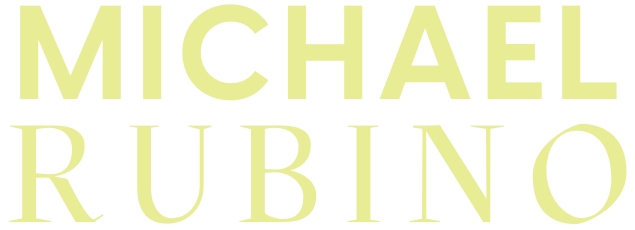Summertime is here! And with summer comes a heck of a lot of heat and high humidity—sometimes both depending on where you live! The temperature isn’t the only thing that’s rising, though. These hot months also increase the chance of home health issues like indoor mold growth. Knowing how to prevent mold in the summertime should be at the top of everyone’s to-do list.

No one wants to spend their summer dealing not only with sweaty weather but also not feeling well. Feeling sick when it’s hot out somehow makes all of those symptoms 10 times worse. Not to mention, these warm months are supposed to be filled with fun activities like going to the pool or having barbecues. Dealing with contamination problems puts a bit of a wrench in these plans.
That’s why taking steps to actively prevent mold in the summertime is so important. No indoor contamination means better wellness for you and your family and more time to do all of the warm-weather activities you love.
Why Is Mold in the Summertime so Common?
Mold growth can happen at any time of the year and in any home, but the summer months are prime colonization times.
This fungus among us needs two things to begin growing: food and moisture. When it comes to food, homes are pretty much an edible buffet. They’ll eat aspects of the home foundation like wood, glue, windowsills, and drywall; belongings like couches, books, and curtains; and microscopic organic matter floating around like skin cells. This makes basically any surface an option for colonization.
As for moisture, there are common issues that can lead to growth, such as leaks, improper gutter installation, and basement flooding. When it comes to summertime, though, one additional factor creates yet another option for colonization potential: high humidity. This is an issue for a few reasons. Many species of mold need so little moisture that high humidity in the air can allow for growth. On the other hand, high humidity can create condensation within the home, providing a perfect water source for mold colonization.
Between high humidity and the other everyday factors that can lead to growth, homes can easily become contaminated hot zones. That’s why the key to preventing mold in the summertime is keeping a home as free from particles as possible and zoning in on managing moisture inside. Otherwise, you and your family could begin suffering from a toxic indoor environment.
Why It’s Important to Prevent Mold in the Summertime and Year-round
As mold grows, it releases microscopic spores into the surrounding area. These little spores will catch a ride on the air current and travel to wherever that may lead. Some species of mold also create microscopic spores, adding to the particle party. And to make matters even more contaminated, bacteria thrive in similar conditions as mold and can often be found right alongside a colony.
When this occurs outdoors, it’s no big deal. All of those particles have a large, open world to travel through. When it happens in a home, though, it’s an entirely different situation.

Thanks to modern building practices pushing for net-zero energy efficiency, there’s very little air flow between indoor and outdoor environments. Why’s that a big deal? It results in a majority of those particles remaining inside of the home they’re growing in. More particles mean more problems, hence the importance of knowing how to prevent mold in the summertime.
It All Comes Down to Size
The issue with indoor contamination is the size of the particles involved. Both spores, mycotoxins, and bacteria are all microscopic, meaning that they are invisible to the naked eye. This is one of the reasons that a contamination issue can go on for quite a while—it’s hard to battle something you can’t see!
Each particle is measured in a special unit called microns, which is 1/1000th of a millimeter. To put it into perspective, you could fit over 1 million spores on the head of a pen. The EPA classifies these types of particles as particulate matter and places them into two groups.
These groups are:
- PM10: particles that have a diameter of around 10 micrometers or less.
- PM2.5: fine particles that have a diameter of around 2.5 micrometers or less.
Their tiny size means that they can be inhaled, ingested, and absorbed into the body, giving them the ability to affect our health. Small particles are so small that they can zip right inside and blast into our bloodstream.
Speaking of Health
Again, these particles are all over the planet, so it’s impossible to completely avoid exposure or prevent them from getting into your home entirely. On an average day, you probably encounter them while walking into work, driving the car, grocery shopping, or sitting down and having dinner. A low amount doesn’t typically cause any problems. Your body will identify them as foreign invaders and send out the immune system to get rid of them.
Indoor mold growth is an entirely separate ball game. Instead of a few particles here and there, the body is battling a flood of contaminants entering the body the entire time you’re in that space. So every time you’re watching TV, hanging out with the family, sleeping, or doing work, you’re taking in high amounts of contaminants. This can lead to the immune system getting overloaded and/or malfunctioning, opening the door to a long list of adverse health reactions and related autoimmune conditions.
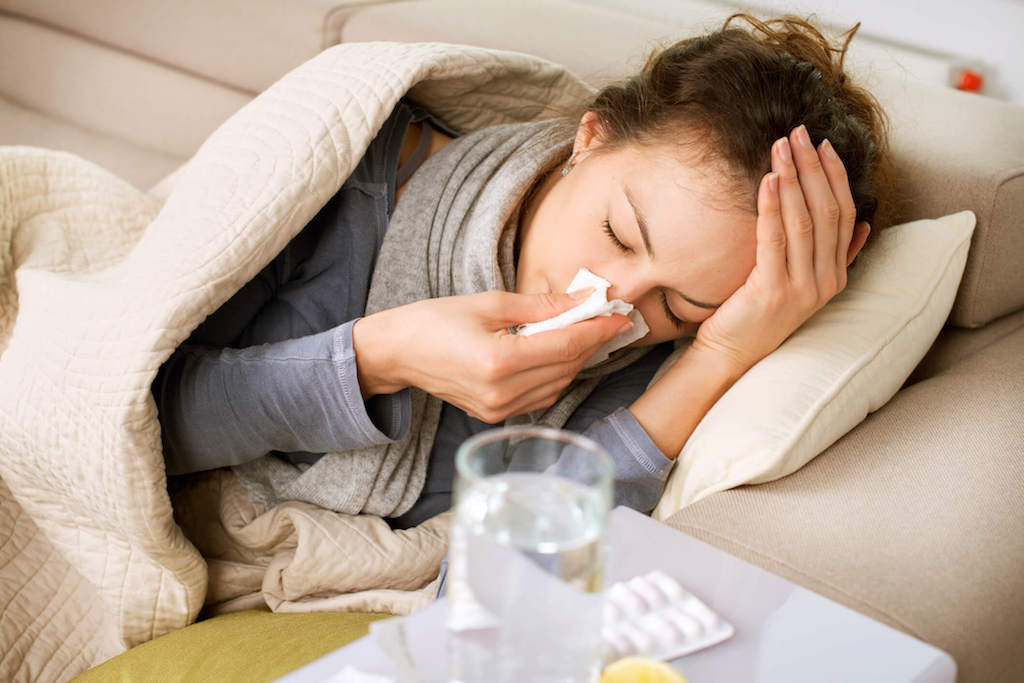
Some common symptoms of mold exposure include:
- Chronic fatigue
- Headaches and migraines
- Brain fog
- Rashes
- Digestive problems
- Hair loss
- Hormonal imbalances
- Mood swings
- Anxiety and depression
- Coughing
- Respiratory issues
The odd thing about exposure, though, is that no two people respond the same way. While one person may only have lower energy levels, another person may experience 17 symptoms and a related autoimmune condition. Researchers are still attempting to figure out exactly how indoor mold growth affects the body, but there are quite a few factors at play. Things like species of mold, presence of mycotoxins, presence of bacteria, the volume of exposure, genetics, immune system status, and length of exposure all play a role.
This is a huge component of why many people suffer from mold illness unknowingly for a long time before realizing that it’s their home causing these chronic symptoms.
Having awareness of this issue can help ensure that you and your family are safe and living in a healthy environment not only during the warmer weather but also year-round. This includes learning how to prevent mold in the summertime.
8 Steps to Prevent Mold in the Summertime
There’s a long list of tasks you can add to your home maintenance checklist to prevent mold in the summertime, but these are the top 8 things you should actively be checking off.
1. Maintain Your HVAC Air Filters
Your AC is running overtime trying to keep your home cool. This means that the HVAC is cycling all of the air throughout the home as well as whatever particles are floating around inside. To help ensure that this process is helping you maintain your home health, there are two aspects you should focus on.
A) Switch to the highest-rated MERV filter possible for the specific HVAC system. The details on which can be used can be found in the manufacturer’s instructions, so crack it open and give it a read. The key thing to keep in mind is that the smaller the particles these filters can eliminate, the better. When you’re dealing with microscopic particles like mold spores and mycotoxins, you want filters with the technology to actually eliminate them from the air. Otherwise, they’ll just circulate straight back into the home.
B) Change these filters on time! Dirty air filters can not only make the system run improperly, leading to HVAC issues and higher energy bills.
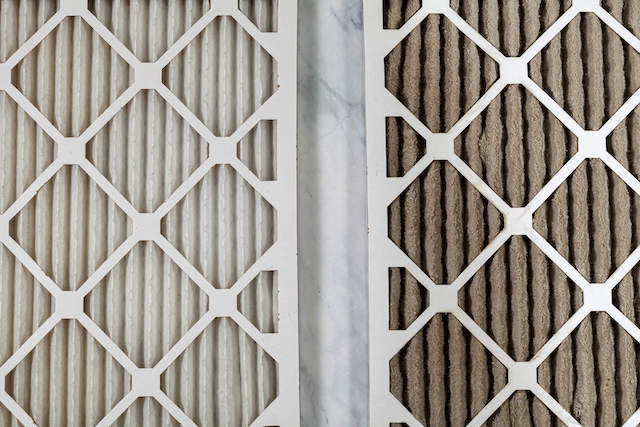
They also will not filter out particles, which can cause problems like clogging up the condenser coil leading it to freeze over, and contaminants blowing right back into the home. Your goal is to remove as many particles as possible so that they don’t build up in the indoor environment. Check the manufacturer’s instructions on when to replace them and then set a reminder for yourself so that you don’t forget. Keep in mind that the more often they’re changed, the better.
2. Keep Humidity Low in Kitchens and Bathrooms
Again, humidity is enemy number one, so this is a huge step in the right direction to prevent mold in the summertime. Bathrooms and kitchens are highly humid areas thanks to the amount of water used in the space and the steam created.
Your goal is to maintain indoor humidity levels between 35 and 50% to avoid mold growth, which can be extra difficult when it’s mega hot and humid outside.
To lower this level, focus on creating airflow anytime you’re cooking or jumping into the shower. Turn on the exhaust fan in kitchens. For bathrooms, turn on the exhaust fan and crack the door when taking a shower or bath. This will transfer the humid air outside and replace it with drier air from other areas of the house. If these levels just won’t drop, consider using a dehumidifier to remove all of the excess moisture.
A few other steps include removing any pooled water in sinks or on countertops and floors, hanging up towels and bathmats to dry, squeegeeing the bath, and separating the shower curtain and liner.
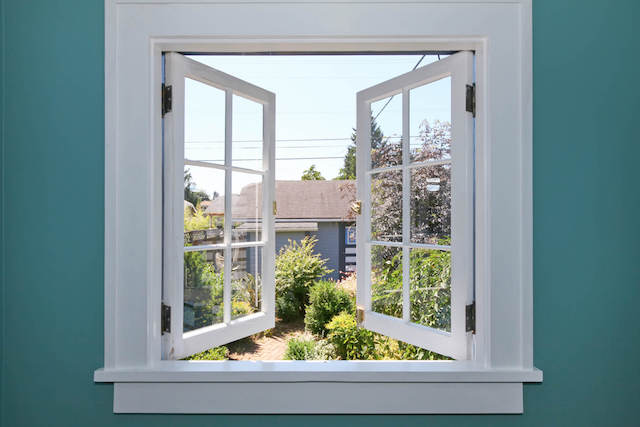
3. Keep Windows and Doors Closed When the AC is On
This step is incredibly important to remember. When that warm outdoor air meets the chilly indoor air, it can create condensation inside the home. More moisture means more opportunities for mold growth.
To avoid this contaminant-filled disaster, never keep windows or doors open while the AC is running. If you want to open up those windows and doors, turn the AC off and use fans instead to help circulate air. When you’re ready for cooler temperatures, close the windows and doors before turning the AC back on. Aim for a time of day with low humidity as well, to help keep your home as moisture-free as possible and keep them closed during rainy days.
4. Clean that Mattresses
When it’s hot out, we have a tendency to sweat more, even in our sleep. One factor you may not consider is whether or not your mattress is becoming a perfect little home for mold growth. No one wants to sleep next to contamination, so this is a top priority to prevent mold in the summertime.
Your first step will be to clean and aerate the mattress frequently. This includes stripping the mattress, HEPA vacuuming it, and flipping it to the unused side. This aerates the bed and removes any unwanted particles lingering on the surface. While you’re vacuuming, keep a close eye out for any discoloration that could be mold. Also, use your nose to see if there’s a funky smell. Mold growth often creates a musty, earthy, damp odor.
Pro-tip: Wash the sheets and mattress cover (if possible) with a laundry additive like EC3 to remove even more unwanted particles.
A few other steps you can tackle to help out include:
- Keeping that indoor humidity level between 35-50%
- Using a mattress protector
- Focusing on airflow by not placing the mattress on the floor and opting for a more breathable option such as slats
- Cleaning up any spills quickly and drying out the mattress asap
5. Dive Into the Laundry Machine
With the kids home from school, pool/beach attire, and the heat making you sweat through your clothing, these machines are going to be in use more than ever during the summer season. This increased use, combined with the higher humidity, can lead to prolonged moisture in the machine as well as a ton of tiny particles stuck to surfaces. All of that can not only lead to indoor mold growth but also particles all over the items you’re attempting to wash.
To keep these machines in tip-top shape and your clothes particle-free, clean them often during the summer months. This will remove any stuck-on contaminants and eliminate soap scum, which can lead to growth.
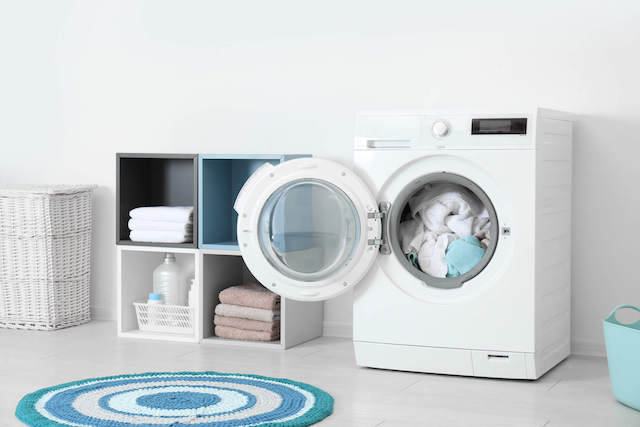
Other good ideas to prevent mold in the summertime is to:
- Leave the door and detergent drawer open when not in use
- Immediately remove clothing when the cycle is finished
- Wipe the rubber ring around the doors to remove pooled moisture
- Use EC3 Laundry Additive with every load
6. Keep an Eye on AC Return Vents
When it’s hot out, that air conditioner is working overtime to keep your indoor space cool and enjoyable. The bad news is that the more the air circulates, the more dust is involved as well. As the AC return vents continue circulating air, they’ll collect more and more dust, which gives mold the opportunity to grow as it can use the particles as a food source. Then your HVAC system will be blowing moldy particles all around you, which is a home health nightmare.
To avoid this contamination issue, make sure to use a HEPA vacuum cleaner to remove the particles, and then wipe with a microfiber towel and botanical cleaner like Benefect Decon 30. Microfiber towels are 100 times better at wiping away small particles than regular rags, so they’re a cleaning arsenal must.
7. Deep clean that house
When it’s hot out, it's tempting to spend the day doing fun activities. The last thing you probably want to do is deep clean. But this is a crucial step to creating a healthy home, especially with all of the coming and going, which can bring in all sorts of particles. More mold spores mean a higher chance of them stumbling on a nice place to colonize.
To avoid this, clean every surface, corner, and cranny of each room in the house. Use the HEPA vacuum on every possible surface in every room, including floors, couches, chairs, inside cabinets, and any other area you can reach, then follow up with the botanical cleaning products and microfiber towels.
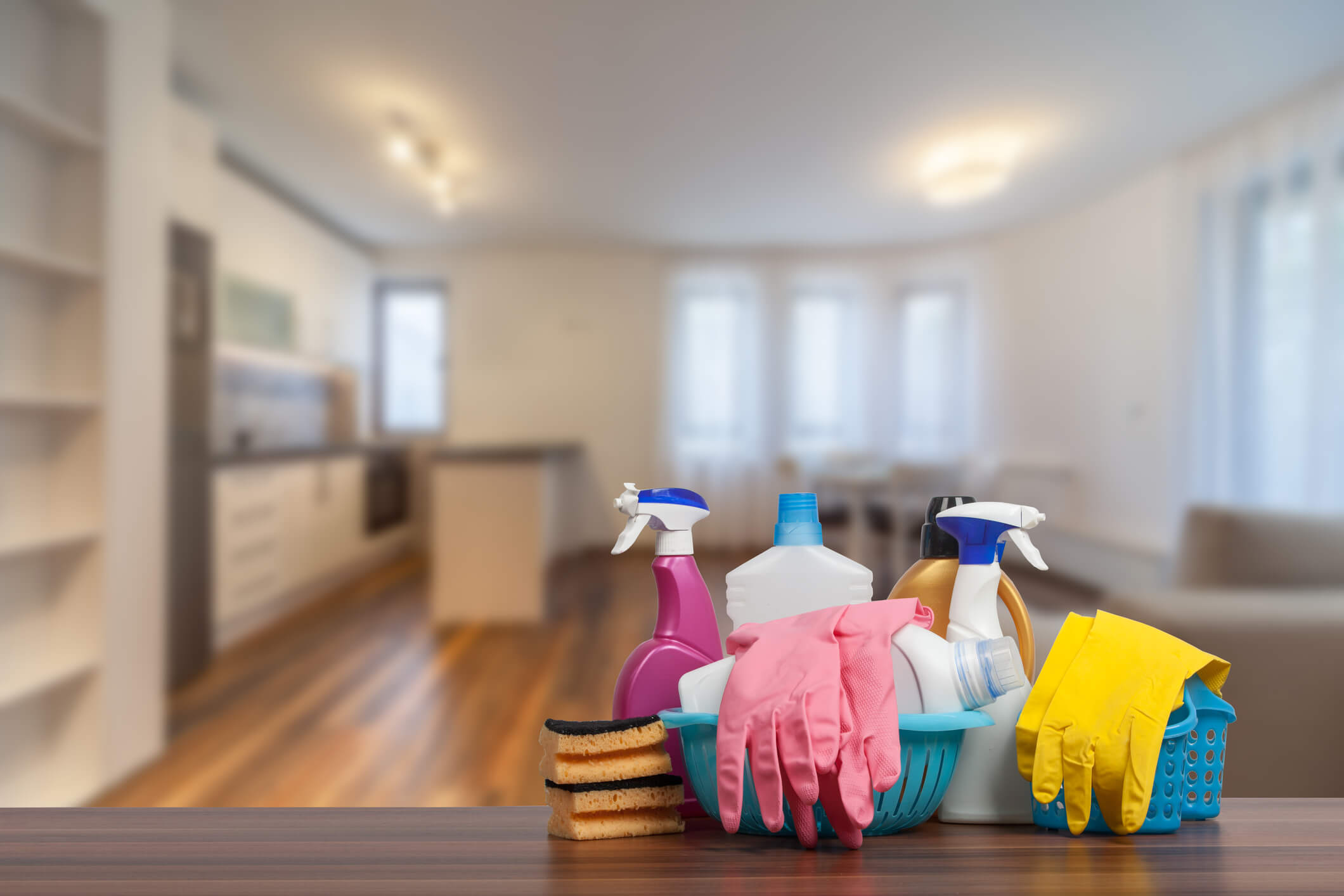
Keep in mind that mold spores settle where dust settles, so the more dust you see, the more microscopic particles there are as well. Eliminating these decreases the exposure families have to particles that can trigger adverse health reactions. Mold colonies also use organic particles like dust as food sources, so actively removing this component helps prevent growth.
8. Give the Dishwasher Some TLC
Like the laundry machine, this item will be in full use during the summer season. Add in the high humidity and they can become a moldy little oasis if steps aren’t taken to prevent it. That not only creates contamination in the kitchen, but also means all of the dishes you place inside will be blasted with all sorts of particles.
To avoid this, deep clean the machine often throughout those hot months. This will remove any unwanted particles as well as pooled moisture.
A few other steps to help keep these machines healthy include:
- Checking for any random food particles left behind after every use and wiping any away that you find
- Leaving the door cracked when you're not using it so that there’s adequate ventilation
- Running the garbage disposal (if you have one) before starting the dishwasher
- Rinsing off any food particles on dishes before placing them in the dishwasher
- Checking the filter at least once a week and clean it if it's gunky
- Wiping down the door gaskets and rubber parts after use to remove moisture and any food particles
Summertime Bliss
For many, these hot months are the best part of the year. Between travel, water activities, concerts, and a million and one other activity options, it’s the perfect time to have fun in the sun. That’s why it’s important to not let toxic indoor environments rain on your good time parade.
Focusing on steps to prevent mold in the summertime can help you and your family focus on what matters: having a blast and making memories that last. Adding this little nugget of awareness is a great way to promote ongoing wellness and happiness.
Health beings at home.™

Citations:
- Environmental Protection Agency. (n.d.). Mold. EPA. Retrieved from https://www.epa.gov/mold.
- Centers for Disease Control and Prevention. Basic facts about mold and dampness. Centers for Disease Control and Prevention. Retrieved from https://www.cdc.gov/mold/faqs.htm.
- Lstiburek, J., Brennan, T., & Yost, N. (2002, January 15). Rr-0208: What you need to know about mold. Building Science Corporation. Retrieved from, https://www.buildingscience.com/documents/reports/rr-0208-what-you-need-to-know-about-mold/view.
- World Health Organization. (n.d.). Mycotoxins. World Health Organization. Retrieved from https://www.who.int/news-room/fact-sheets/detail/mycotoxins.
- Nchh. (n.d.). Mold. NCHH. Retrieved from https://nchh.org/information-and-evidence/learn-about-healthy-housing/health-hazards-prevention-and-solutions/mold/
- EPA. (n.d.). Health and Environmental Effects of Particulate Matter (PM). EPA. Retrieved from https://www.epa.gov/pm-pollution/health-and-environmental-effects-particulate-matter-pm.
- Curtis, L., Lieberman, A., Stark, M., Rea, W., & Vetter, M. (2004). Adverse health effects of indoor molds. Journal of Nutritional & Environmental Medicine, 14(3), 261-274.
- Bush, R. K., Portnoy, J. M., Saxon, A., Terr, A. I., & Wood, R. A. (2006). The medical effects of mold exposure. Journal of Allergy and Clinical Immunology, 117(2), 326-333
- Fisk, W. J., Lei-Gomez, Q., & Mendell, M. J. (2007). Meta-analyses of the associations of respiratory health effects with dampness and mold in homes. Indoor air, 17(4), 284-296.
- Wild, C. P., & Gong, Y. Y. (2010). Mycotoxins and human disease: a largely ignored global health issue. Carcinogenesis, 31(1), 71-82.
- Environmental and Occupational Health Assessment Program, & Environmental and Occupational Health Assessment Program, & Health Science Section, Mold Basics for Primary Care Clinicians (2009). Hartford, CT; Connecticut Department of Public Health. , H. S. S., Mold Basics for Primary Care Clinicians 1–10 (2009). Hartford, CT; Connecticut Department of Public Health.
